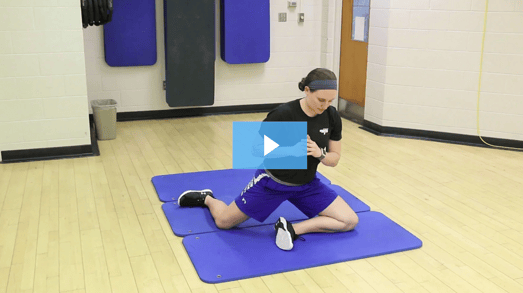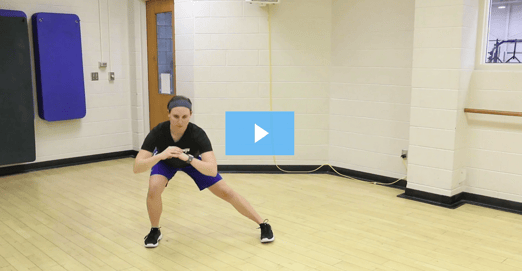 Starting your fitness journey is always an exciting step forward, but it is essential to make sure you are listening to your body and prioritizing your recovery and self-care. Many people tend to neglect their bodies' needs and push themselves past their limits, which isn’t necessarily a bad thing. The importance of recovery and self-care play a crucial role in ensuring your long-term success in the gym, and one mistake can lead to a possible injury that can take away and/or limit that progress.
Starting your fitness journey is always an exciting step forward, but it is essential to make sure you are listening to your body and prioritizing your recovery and self-care. Many people tend to neglect their bodies' needs and push themselves past their limits, which isn’t necessarily a bad thing. The importance of recovery and self-care play a crucial role in ensuring your long-term success in the gym, and one mistake can lead to a possible injury that can take away and/or limit that progress.
The Importance of Recovery
Recovery is one of the most important aspects of any fitness regimen. Giving yourself enough time to recover helps your body repair and strengthen itself. Without giving the proper recovery your body needs can lead to a higher risk of fatigue, decreased performance, and increased risk of injuries. Here are a few key components to ensuring you have an effective recovery period:
- Rest Days: Incorporating rest days is essential in allowing your body to heal and grow your muscles. You typically want to aim between 1-3 times a week depending on your fitness level and intensity for your workouts, so it may vary from person to person.
- Sleep Quality: Quality of sleep is a must for effective recovery. Anywhere between 7-9 hours a night is optimal to support muscle repair, hormone balance, and overall mental and physical health. Maintaining a consistent sleep routine will help manage your body's recovery each day.
- Hydration and Nutrition: Proper hydration and nutrition play a significant role in your body’s growth and recovery. Ensuring that you are drinking plenty of water during the day, and focusing on a balanced diet with protein, healthy fats, and complex carbohydrates will keep your body properly replenished and aid in muscle growth and repair.
Self-Care Practices
- Mobility and Stretching: Practicing stretching and focusing on mobility work regularly can help enhance flexibility, reduce muscle soreness, and prevent injuries. Incorporating dynamic stretching before workouts and static stretches after workouts helps maintain your muscle's elasticity and joint health. This can help with knee pain, lower back issues, and posture over time.
- Mindfulness: Mental wellness is just as important as physical wellness. Practicing mindfulness can help reduce stress, improve your focus, and enhance your overall well-being. Focus on relaxing the mind for a few minutes a day to help clear your head, such as deep-breathing exercises to calm the mind and body. This can be paired with your static stretches to help your mind and body at the same time.
- Active Recovery: On rest days, engaging in active recovery activities such as swimming, biking, yoga, or walking can help promote blood flow, reduce muscle soreness, and aid in muscle recovery without straining your body. Ensure that you are keeping a low intensity when engaging in these activities.
Prioritizing your recovery and self-care can play an important role in enhancing your performance, maintaining a balanced lifestyle, and helping prevent injuries. These practices will not happen overnight and will take dedication and time to achieve but will help you in the long run. Embrace, motivate, and stay consistent, and embark on your fitness journey prepared and ready to take on any challenge.
If you're unsure where to start or want to ensure you have the right balance between your fitness goals and recovery, or if you're simply looking to work with a professional, NIFS offers personal trainers who can help guide you every step of the way. Take the next steps with the support you need!




 Roughly how many hours of sleep would you say that you average per night? Six hours? Ten hours? Now think about your fitness goals and the results you want to see from exercising. Are you where you would like to be, or are you on pace to get to where you would like to be? You can be doing everything correctly from the exercises that you perform, nutrition and supplementation, stress reduction, whatever it may be, and you aren’t quite getting the results you’re looking for.
Roughly how many hours of sleep would you say that you average per night? Six hours? Ten hours? Now think about your fitness goals and the results you want to see from exercising. Are you where you would like to be, or are you on pace to get to where you would like to be? You can be doing everything correctly from the exercises that you perform, nutrition and supplementation, stress reduction, whatever it may be, and you aren’t quite getting the results you’re looking for.  If you’ve been into fitness for a while, you likely know how important it is to fuel and replenish your body before and after exercise with the proper nutrition. However, you might be uncertain and confused about why, when, and what to eat and drink to optimize your workouts.
If you’ve been into fitness for a while, you likely know how important it is to fuel and replenish your body before and after exercise with the proper nutrition. However, you might be uncertain and confused about why, when, and what to eat and drink to optimize your workouts. 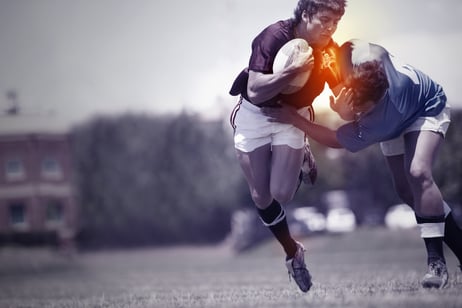 Sports careers, whether you are junior varsity or a hall of fame professional, all come to an end at some point. Often, these endeavors are marred with setbacks due to injuries ranging far and wide and sometimes spanning years. During competition and in the spirit of the moment, athletes sometimes push their bodies and minds beyond what was thought possible, resulting in amazing feats—but also potential injuries.
Sports careers, whether you are junior varsity or a hall of fame professional, all come to an end at some point. Often, these endeavors are marred with setbacks due to injuries ranging far and wide and sometimes spanning years. During competition and in the spirit of the moment, athletes sometimes push their bodies and minds beyond what was thought possible, resulting in amazing feats—but also potential injuries.
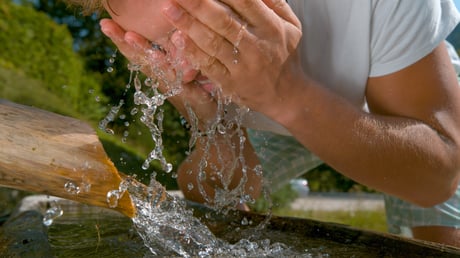 Raise your hand if you’ve been here before: You get to the end of a great workout. You’re spent, fatigued, but in a good way. In a way that you know you’ve put in some quality work. But you look down at your watch and realize you’ve run a bit over your time. So you grab your things and rush out of the gym. You don’t have time for a cool-down, right? You’ve got to get to the car and rush to the next thing on the docket.
Raise your hand if you’ve been here before: You get to the end of a great workout. You’re spent, fatigued, but in a good way. In a way that you know you’ve put in some quality work. But you look down at your watch and realize you’ve run a bit over your time. So you grab your things and rush out of the gym. You don’t have time for a cool-down, right? You’ve got to get to the car and rush to the next thing on the docket.  For whatever reason, there seems to be this notion in the fitness industry that if the workout doesn’t leave you on the ground gasping for air, it really wasn’t a good one. Or maybe that you didn’t work hard enough because you didn’t go running to the nearest trash can by the end. This could not be further from the truth; but unfortunately this way of thinking still seems to run rampant.
For whatever reason, there seems to be this notion in the fitness industry that if the workout doesn’t leave you on the ground gasping for air, it really wasn’t a good one. Or maybe that you didn’t work hard enough because you didn’t go running to the nearest trash can by the end. This could not be further from the truth; but unfortunately this way of thinking still seems to run rampant. 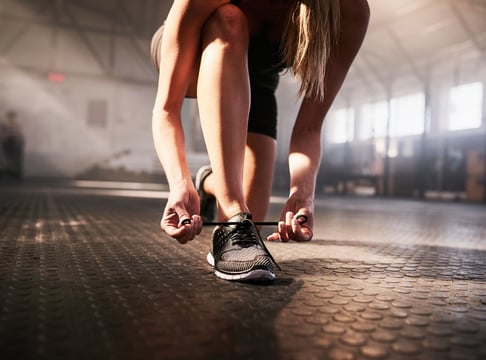 Do you remember the last time you went on an extended vacation, came back home, jumped into the gym and your favorite class and thought you could pick right back up where you left off? You might remember feeling like you were not going to make it through the class and were so sore for days on end. And that was just after a vacation consisting of a long rest, relaxation, and food freedom. Just think what you may encounter once you return to your favorite class or training group after two to three months of quarantine.
Do you remember the last time you went on an extended vacation, came back home, jumped into the gym and your favorite class and thought you could pick right back up where you left off? You might remember feeling like you were not going to make it through the class and were so sore for days on end. And that was just after a vacation consisting of a long rest, relaxation, and food freedom. Just think what you may encounter once you return to your favorite class or training group after two to three months of quarantine.  Nowadays, it seems that many people are trying to find that next great gadget to help put them over the top. Whether it’s the fitness world, life at home, or the day-to-day grind at the office, people seem to be peddling some kind of shortcut or cheat code to help aid performance in some way, shape, or form. I know I can’t go a day without scrolling through Instagram and seeing an ad for some new, expensive toy guaranteed to solve whatever problem I seem to be having that day.
Nowadays, it seems that many people are trying to find that next great gadget to help put them over the top. Whether it’s the fitness world, life at home, or the day-to-day grind at the office, people seem to be peddling some kind of shortcut or cheat code to help aid performance in some way, shape, or form. I know I can’t go a day without scrolling through Instagram and seeing an ad for some new, expensive toy guaranteed to solve whatever problem I seem to be having that day.